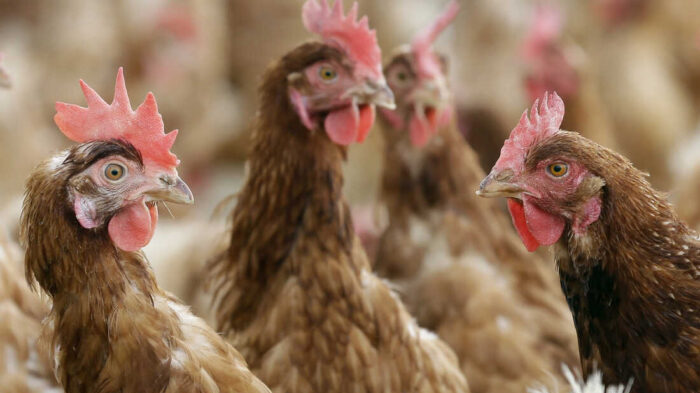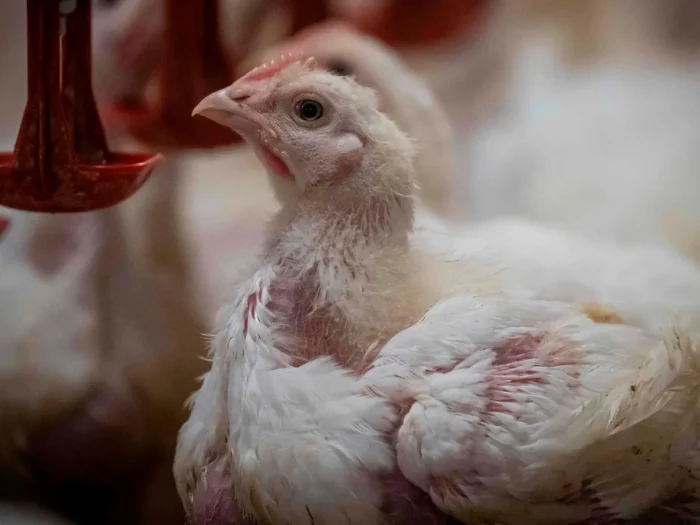
Food trends in the world are increasingly moving towards the use of meat substitutes instead of various types of meat. An alternative to animal proteins is, therefore, foods obtained from plants. We can look for reasons for cheaper production, logistics, and placement on the market, but also health benefits.
Some foods, such as beans, lentils, chickpeas, and mushrooms, contain protein or have a similar texture to meat. Mushrooms are naturally the most similar in texture to meat, of course when prepared in the right way.
There are quite a few plant foods that contain almost all essential amino acids like meat, including soy, buckwheat, and quinoa. Once you digest this fact, you can’t help to wonder – is chicken bad for you? Find the answer in the rest of this article.
The truth about chicken

What do most people eat when they want to maintain their fit looks, and make sure they stay healthy? Easy, all of them go for chicken and different recipes for meals made of it. Chicken breast is considered one of the main components of a healthy diet and a good source of protein.
At the same time, it has a fairly low price and is easy to prepare. But, did you know that cheap chicken is one of the “dirtiest” types of poultry meat? If you care about your health, read this article carefully to find out the possible risks of frequent consumption of industrial chicken, and why it is way smarter to go plant-based and consume plant-based meat, that can taste just like chicken!
Here’s how things are in the poultry industry

To reduce the cost of chicken fillets, producers must reduce the cost of feeding chickens and accelerate their growth. As a result, cheap food and aggressive preparations are used for rapid weight gain. How rapid you must be wondering? It is enough to tell you that the life cycle of a chicken is 5 to 7 weeks.
On average, the life cycle of chickens on poultry processing farms is from 5 to 7 weeks, after which they are killed and sent for processing (while farmers raise chickens for up to several years before slaughter).
Chemical exposure begins before chicks even hatch. These are different disinfectants to which the egg is exposed. Then it is transported to the breeding workshop, where it is exposed to the gentleness and restlessness of conventional disinfectants to powerful antibiotics and vaccines. Tons of you reading this article probably had no idea this is how things work on poultry farms.
What is the main danger?

As a rule, the vaccination of chickens is carried out by a group procedure with the help of aerosols or by drinking preparations with water. In theory, all vaccines have appropriate safety certificates for birds and humans.
But the danger lies in the improper use of vaccines, a low-quality group of drugs, and the unpreparedness of chickens for immunization. The harm to humans can consist of poor quality meat infected with diseases due to vaccination and improper use.
The disease of one chicken can lead to the death of the entire breeding, that’s why antibiotics are given at intervals but throughout the life of the chicken. The damage caused is varied…
First: consuming such chicken can disrupt the liver, kidneys, and digestive tract in humans.
Second: allergic people can experience various acute reactions. But perhaps the most dangerous is regular microdose of antibiotics. This leads to the emergence of bacteria resistant to antibiotics.
In other words, if a person, for example, gets pneumonia, then the antibiotics that the chicken was fed (and that we ate) will not affect the pathogens. This means we will become immune to antibiotics because we are constantly receiving that particular dose through the meat we eat. Imagine how this complicates treating even the simplest throat inflammation. You would have to eat tons of different medications before any of them actually has an effect.
It is also very important what the chicken eats. In addition to specially introduced additives, pesticides can also be found in chicken feed, as well as estrogen, a female hormone that increases body weight in chickens.
In women, an excess of this hormone can cause a disorder of the monthly cycle, and in men, infertility.
In addition, regular consumption of meat with hormones can lead to reduced production of own hormones, skin problems, allergic reactions, and reduced immunity. Children who suffer from sexual development are especially affected by hormonal supplements and the reproductive function of the body is then stopped.
To conclude

Chickens produced on farms for meat processing are full of hormones and other substances that accelerate their growth. Slaughterhouses make their contribution, where chicken carcasses are treated with disinfectants, but still, there’s a question of ethics.
If each and every one of us were to pay a visit to a poultry farm, we guarantee there would be a change of heart, and mean would seize to be on our menu for good. So, what do you eat to substitute meat, then? There are tons of healthy substitutes, here’s what we suggest.
Soy and its products are the first address for alternatives to meat. There are many products made from soy: tofu, as a substitute for cheese, is very suitable as an alternative to meat because it can be thermally processed. There’s also smoked tofu, which matches some smoked meats and is great for vegan sandwiches.
Tempeh is a very popular meat substitute and was originally made in Indonesia. Unlike tofu, tempeh is made from whole soybeans, not just soy liquor. It may or may not contain other plant-based ingredients, such as beans and/or grains.
This is a fermented product and as such contains probiotics. One may need a little bit of time to adjust when it comes to meal planning, but the habit will kick in very fast.








